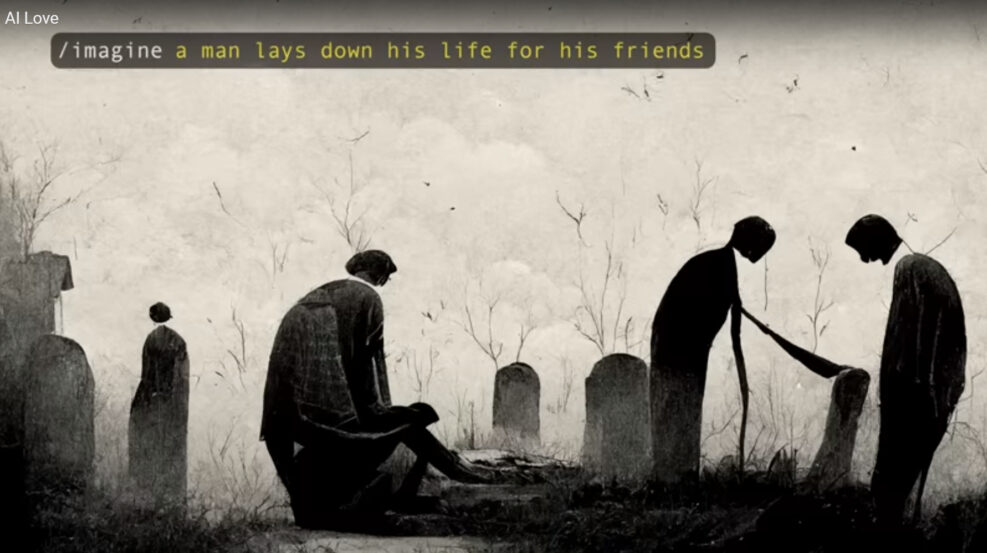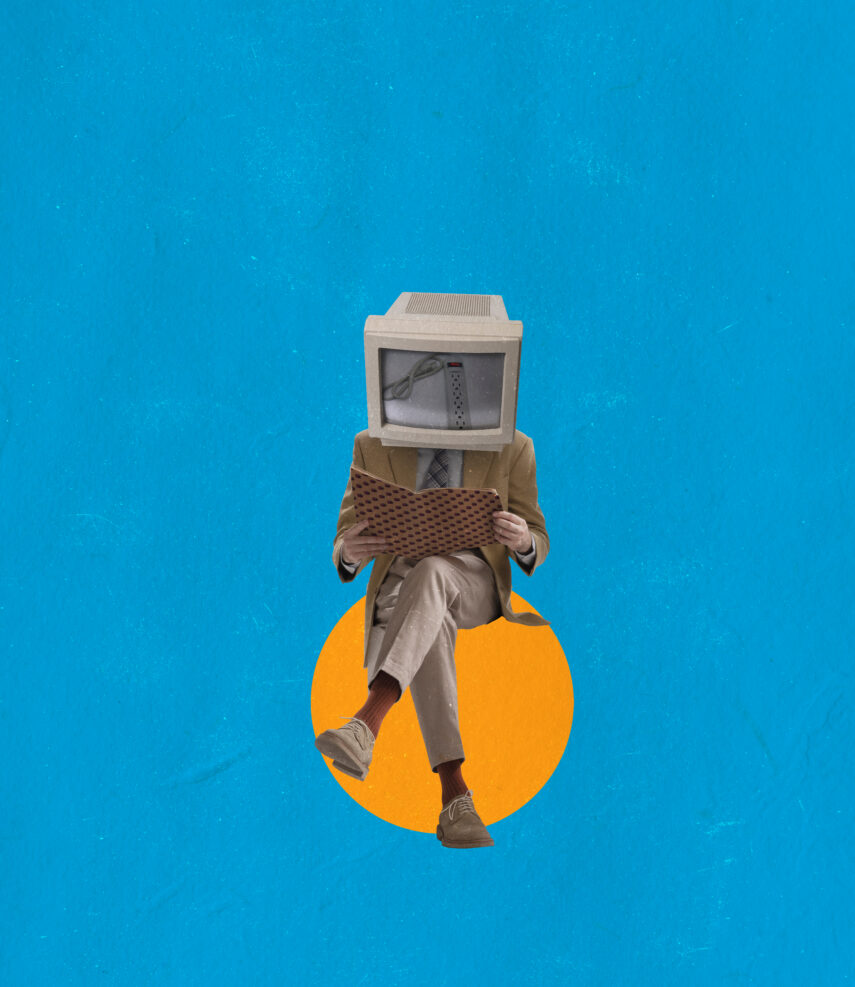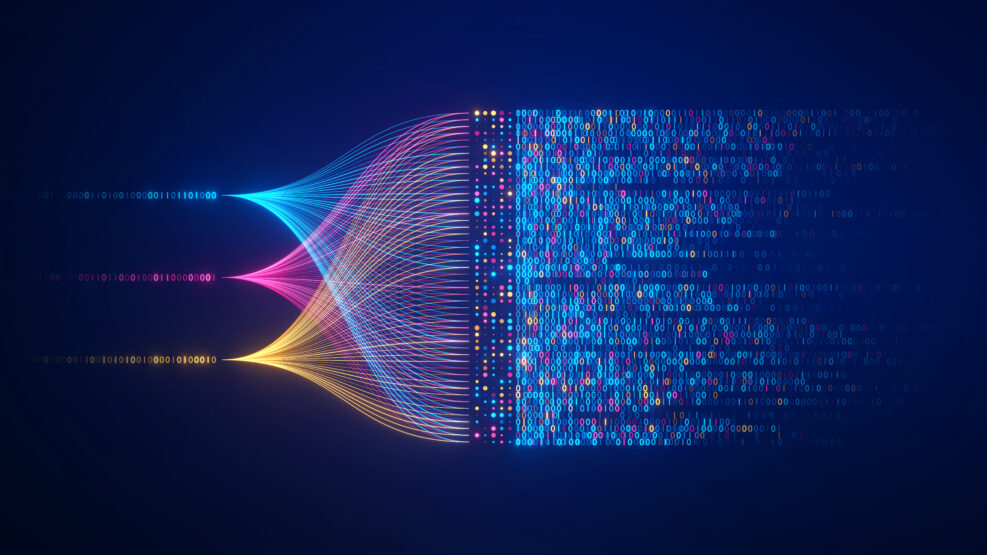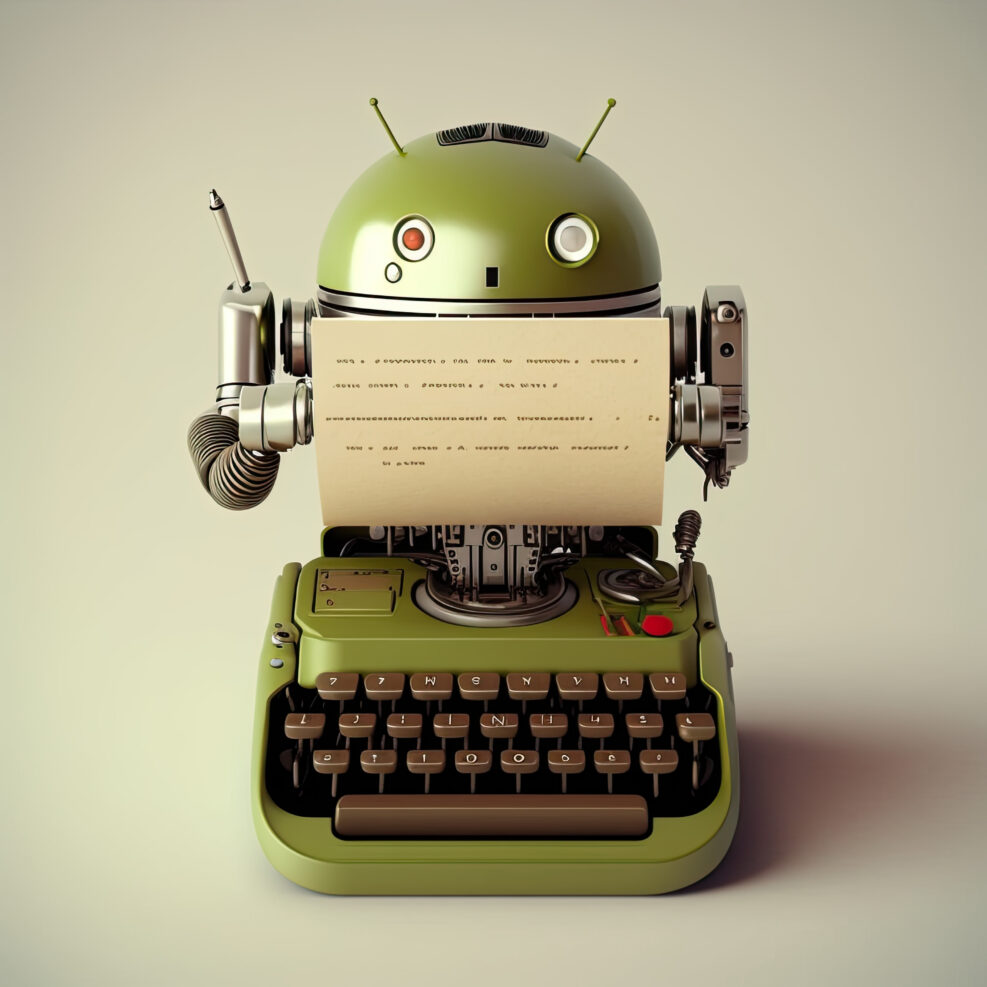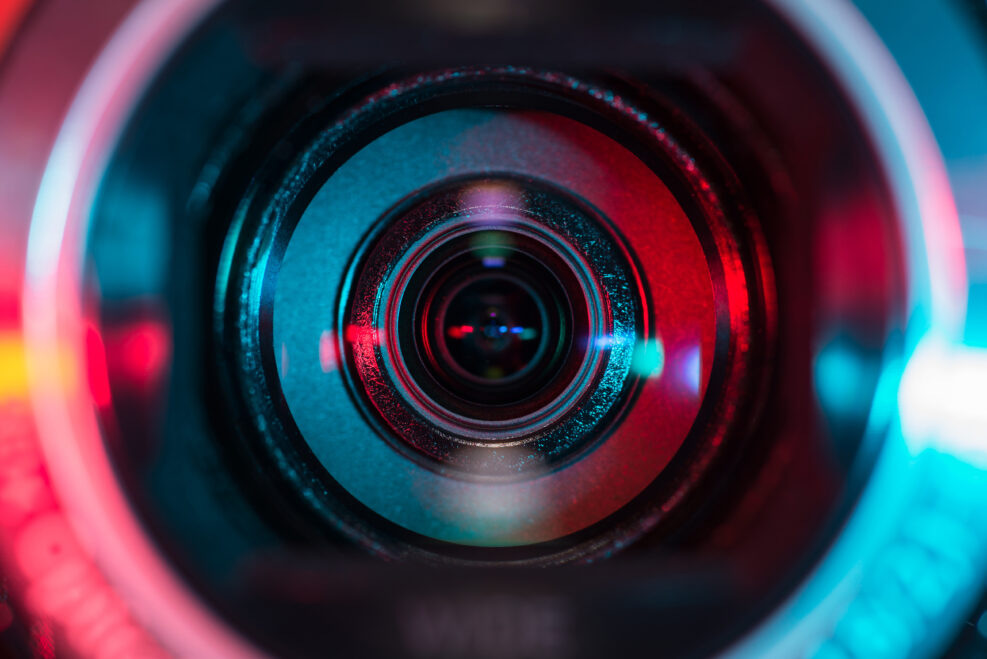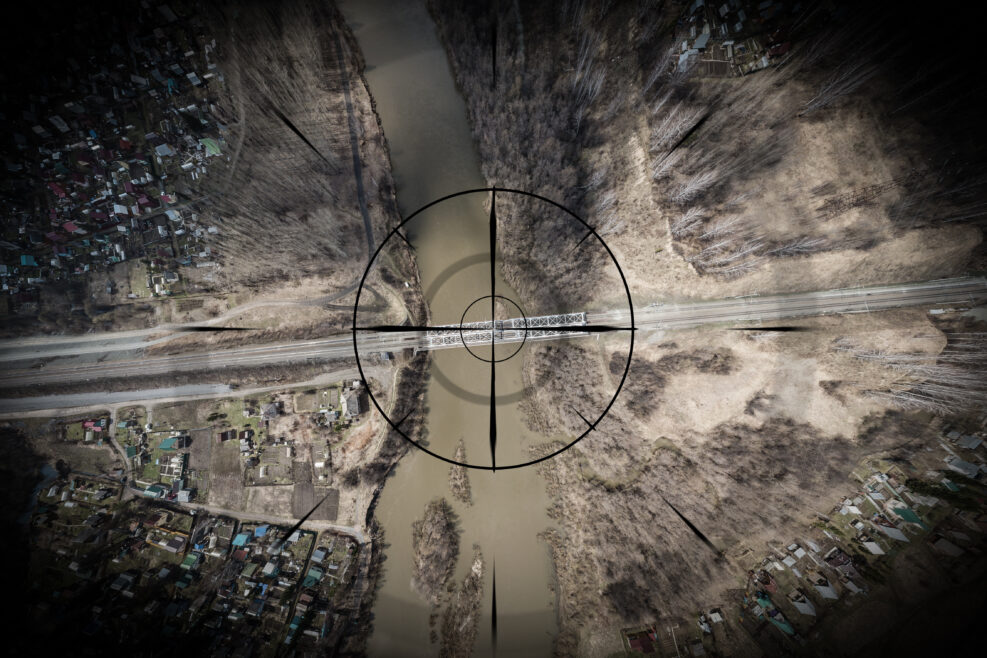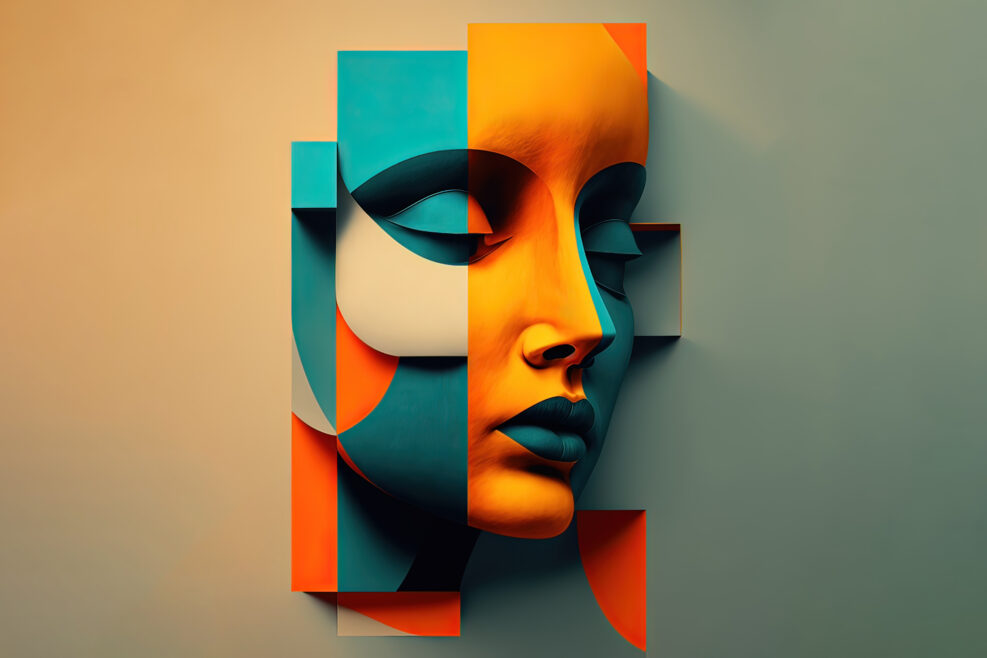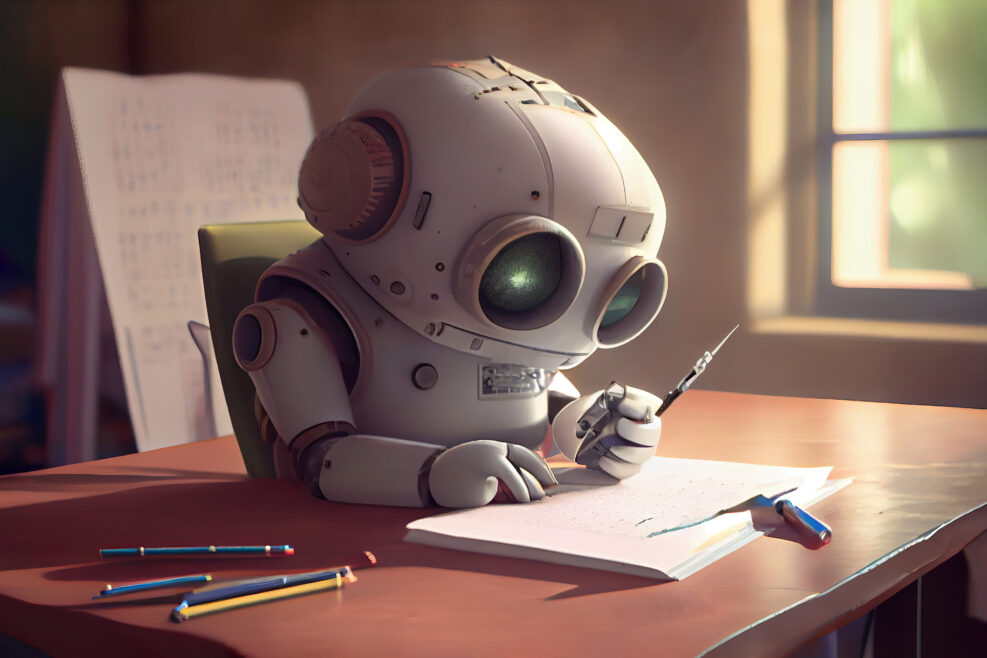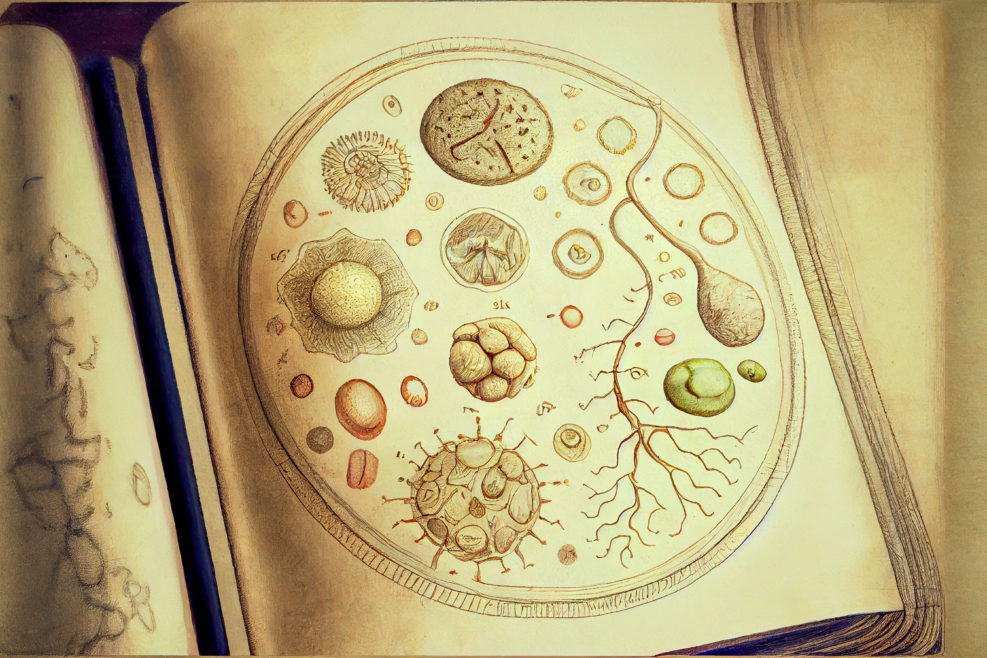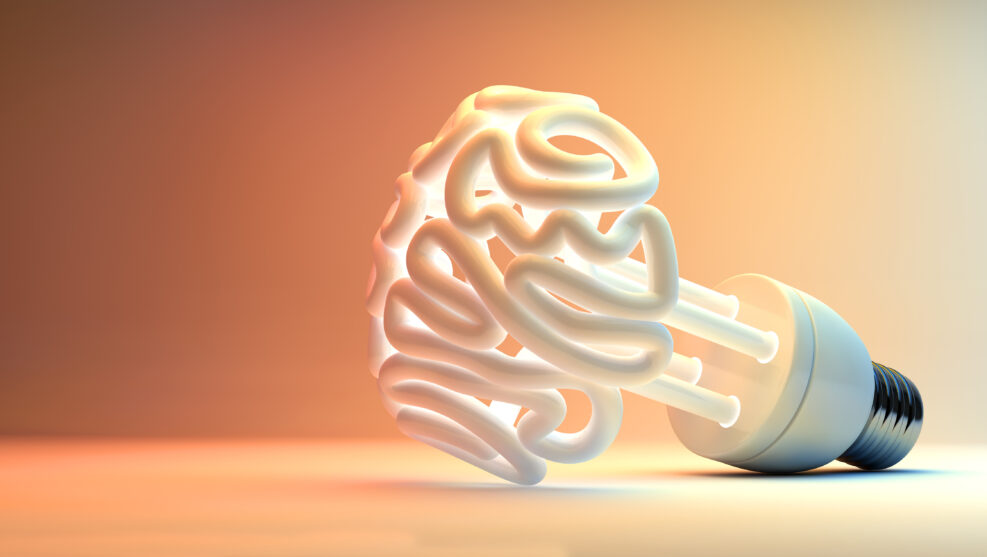
Will AI Ever Achieve Consciousness?
A former Facebook executive thinks so, assuming progress will eventually get us thereJohn Carmack, a former Facebook executive who famously expressed doubts over Mark Zuckerberg’s ambitious metaverse project, thinks AI is “on the cusp” of simulating the human brain. Per a report from Futurism, Carmack sat down with Dallas Innovates and talked about the possibilities of AI, as well as its prime obstacle: an inconvenient thing called consciousness. Carmack said, The thing we don’t yet have is sort of the consciousness, the associative memory, the things that have a life and goals and planning. I mean, forget human brains; we don’t even have things that can act like a mouse or a cat.” Despite the far-off dream of developing consciousness in AI, Carmack thinks it’s plausible, given the great strides we’ve seen Read More ›
